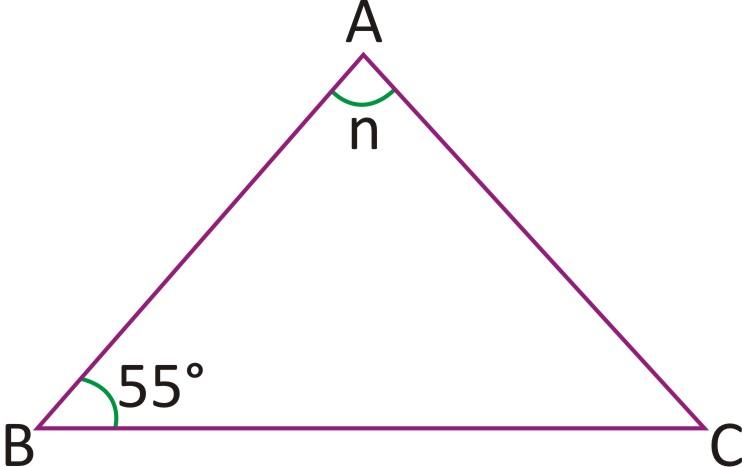Geometry and Mensuration Worksheet-7
(a) A right angled Δle (b) An isosceles Δle
(c) An equilateral Δle (d) A scalene Δle
(a) A (b) B (c) C (d) None
(a) An acute angle Δle (b) An obtuse angled Δle
(c) A right angled Δle (d) None
(a) a scalene Δle (b) an isosceles Δle
(c) an equilateral Δle (d) no triangle is formed
(a) 30º (b) 45º (c) 60º (d) 90º
(a) An Isosceles Δle (b) An equilateral Δle
(c) A right angled Δle (d) a right angled isosceles Δle
(a) 50º (b) 100º (c) 130º (d) none
(a) A right angle Δle
(b) an isosceles Δle
(c) a right angled isosceles Δle
(d) no Δle is formed
(a) The sum of two sides of a Δle is greater than the third side.
(b) In a right angled Δle hypotenuse is the longest side
(c) A, B, C are collinear if AB + BC = AC
(d) None of these
(a) 37 m (b) 3.72 cm (c) 0.372 cm (d) 37 m
(a) 10 (b)  (c)
(c)  (d) None
(d) None
(a) 5 cm (b) 6 cm
(c) 5 cm or 6 cm (d) None
(a) 72º (b) 36º (c) 144º (d) 108º
(a) 3 cm (b) 8 cm
(c) 3 cm or 8 cm (d) None
(a) An isosceles Δle
(b) A right angled Δle
(c) An isosceles right angled Δle
(d) an equilateral Δle
(a) 19 cm (b) 17 cm (c) 13 cm (d) 3 cm
(a) 19 cm (b) 17 cm (c) 38 cm (d) None

(a) 80º (b) 70º (c) 60º (d) 110º
(a) Acute (b) Obtuse (c) Right (d) None
(a) 60º (b) 45º (c) 90º (d) None
Answer Key:
(1)-(d); (2)-(c); (3)-(b); (4)-(d); (5)-(a); (6)-(c); (7)-(a); (8)-(c); (9)-(d); (10)-(a); (11)-(b); (12)-(c); (13)-(a); (14)-(b); (15)-(d); (16)-(c); (17)-(a); (18)-(b); (19)-(a); (20)-(c)